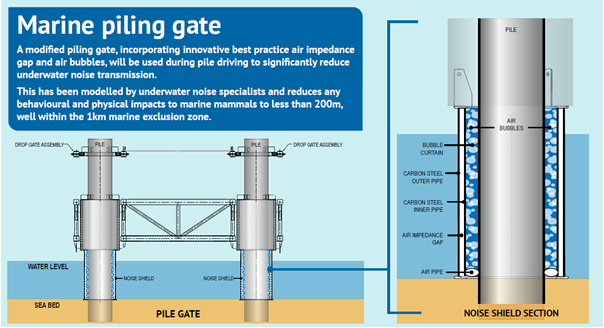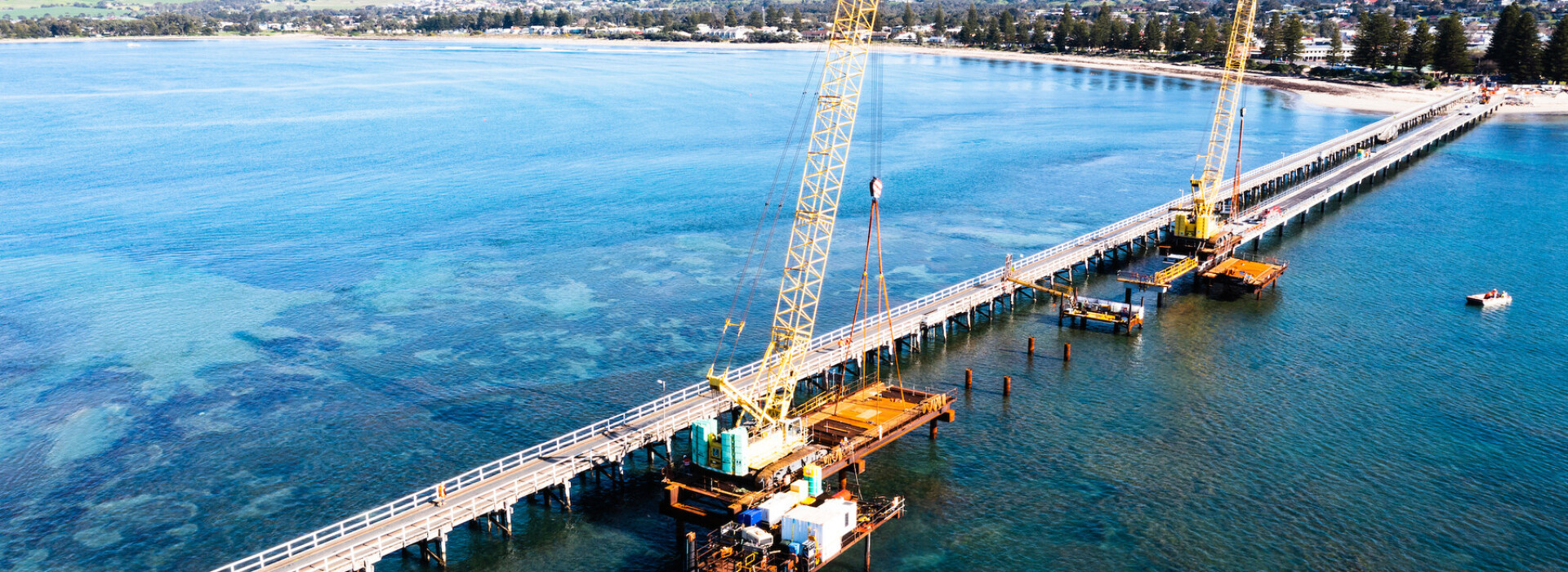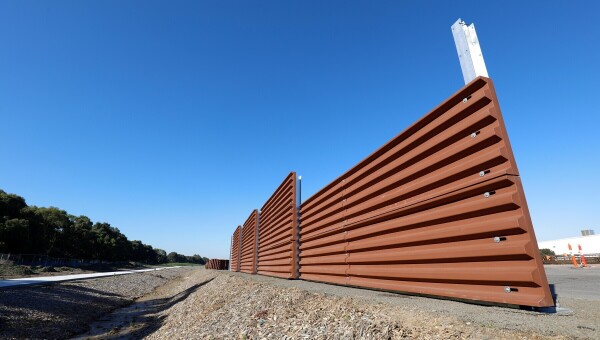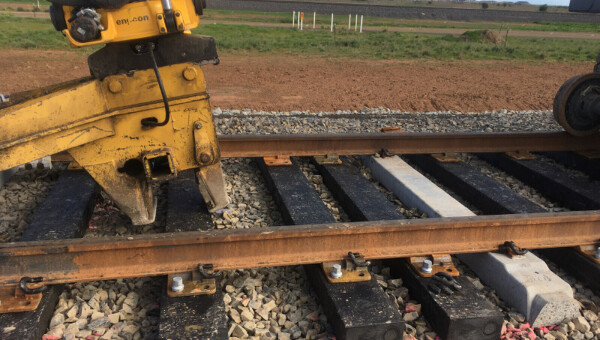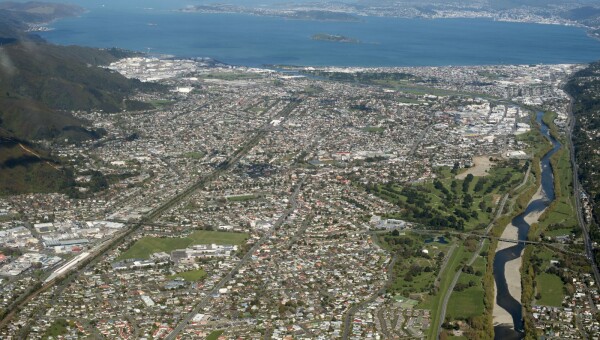On the Granite Island Causeway project in South Australia, our team designed and implemented a "shroud and bubble curtain" to stop marine piling noise from disturbing the Southern Right Whale (SRW) and other marine fauna, such as the Australian sea lion and little penguins.
Prior to the solution being developed and approved, a local whale protection group strongly objected to piling occurring during whale season, which had the potential to impact the project's schedule and budget.
The bubble curtain was designed to reduce the noise levels by scattering, absorption, reflection, and refraction of the sound waves. The curtain design, along with some other piling modifications, gave sufficient confidence for federal approval under the Environment Protection and Biodiversity Conservation Act for piling during the whale season.
The curtain (design shown below) consisted of two steel tubes with an air impedance gap between. The space between the inner tube and the pile face was pumped with air to create bubbles. The acoustic properties of the bubbles cause the sound to attenuate through by scattering, reflection, refraction and absorption of the sound waves.
Initial hydroacoustic modelling had shown that a 10 decibel (dB) reduction in noise levels could be achieved with operation of a noise attenuating shroud and air bubble curtain. This coupled with other modifications would reduce the distance to meet the SRW noise disturbance behavioural criteria from 369 metres to 144 metres.
Hydroacoustic monitoring by an independent consultancy demonstrated a 13 dB reduction from predictions. Piling noise was not noticeably discernible from ambient noise at 1km from the pile and was not detectable at all at the Basham Beach calving area.
The use of bubble curtains is now being implemented for other McConnell Dowell marine piling projects within Australia.
